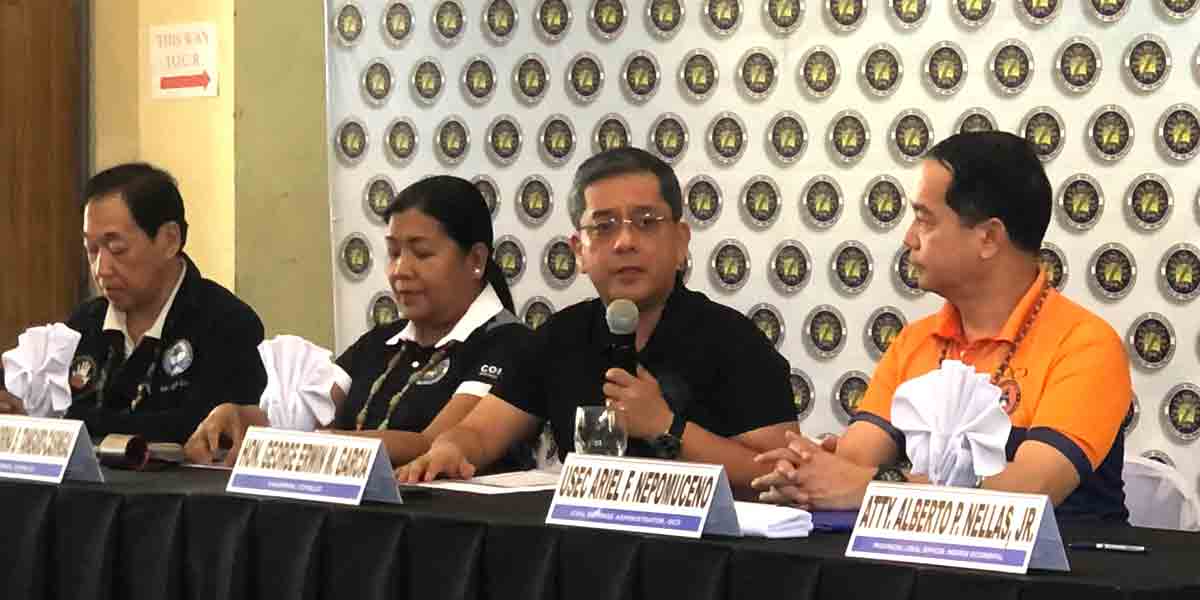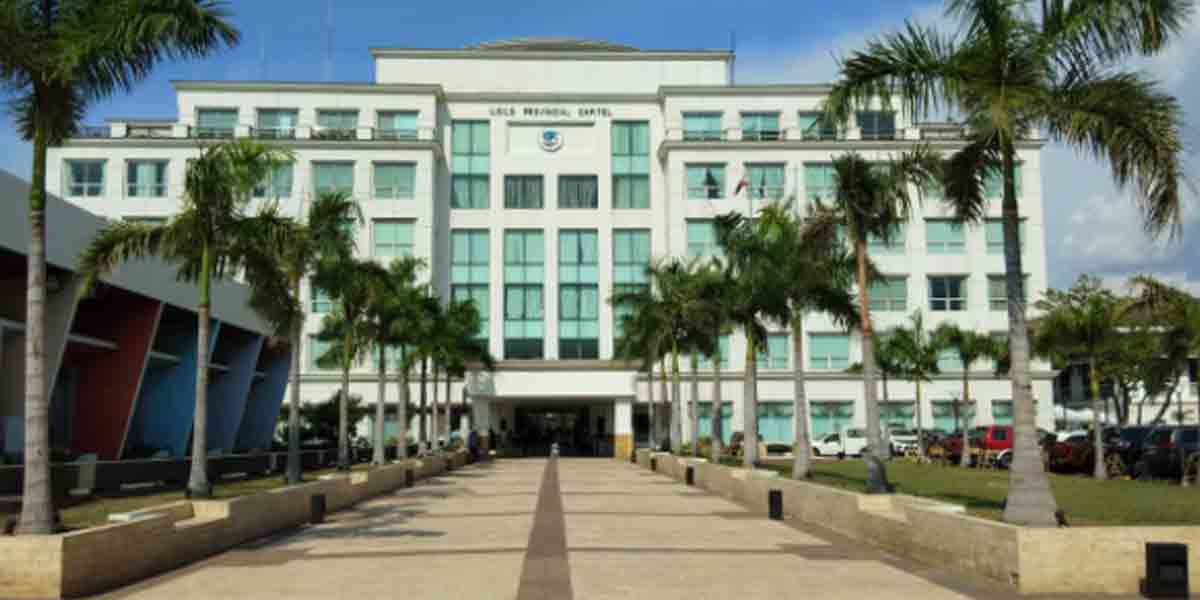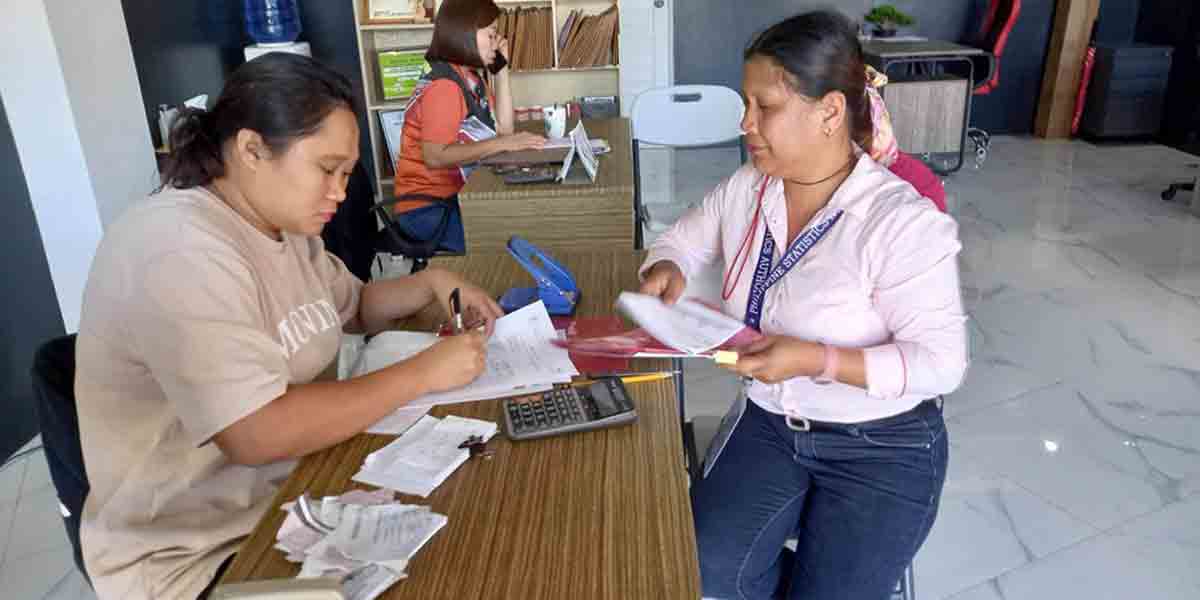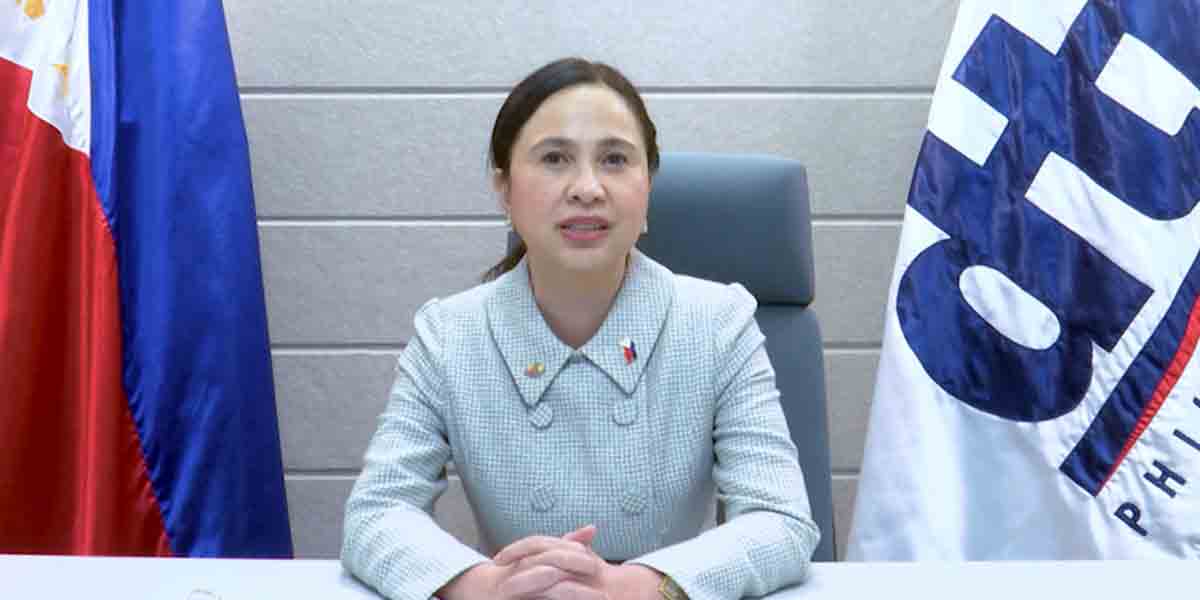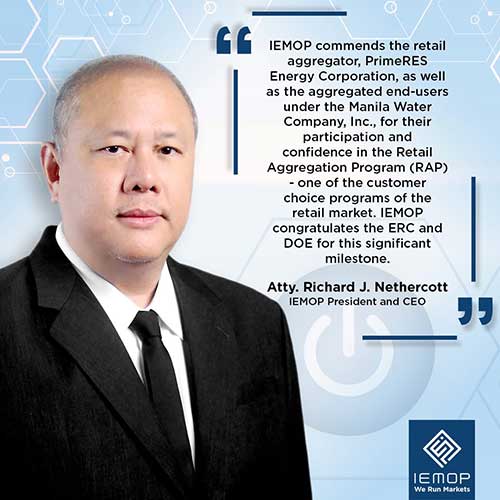
In January 2025, the Wholesale Electricity Spot Market (WESM) system average price dropped by 14.3% from December 2024 to PHP2.96/kWh, the lowest average price since January 2023.
The decline was driven by high supply margins amid reduced system demand due to cooler temperatures.
The system-wide average supply slightly declined by 0.2% to 20,110 MW (-41 MW), while average demand fell by 5.6% to 12,529 MW (-746 MW). This resulted in an average system margin of 7,581 MW, up 10.26% from the previous billing period’s 6,875 MW.
The Wholesale Electricity Spot Market (WESM) is the trading platform for electricity in the Philippines, where power generators sell excess electricity and distributors purchase it to meet demand. The market operates under a demand-and-supply pricing mechanism, meaning that electricity prices fluctuate based on system conditions, generation availability, and consumption patterns.
Established in 2006 and operated by the Independent Electricity Market Operator of the Philippines (IEMOP), WESM plays a key role in ensuring a competitive, transparent, and efficient electricity market in the country. It allows power distributors, such as electric cooperatives and private utilities, to procure electricity at real-time market rates instead of relying solely on long-term supply contracts.
The market covers Luzon, Visayas, and Mindanao, with each region experiencing distinct pricing trends depending on supply conditions, generation mix, and infrastructure availability.
Regional Price Movements
In Luzon, average supply decreased by 1.6% to 13,962 MW (-230 MW), while average demand fell by 6.4% to 8,741 MW (-602 MW). This resulted in an average margin of 5,221 MW, which was 7.67% higher than the previous billing period’s 4,849 MW. Consequently, the regional average price in Luzon decreased by 8.5% to PHP2.98/kWh.
In Visayas, supply declined by 4.5% to 2,372 MW (-112 MW), while demand decreased by 4.4% to 1,856 MW (-86 MW). The regional average price fell by 19.1% to PHP3.13/kWh.
In Mindanao, supply increased by 8.7% to 3,775 MW (+302 MW), while demand fell by 2.9% to 1,931 MW (-58 MW). As a result, the regional average price dropped 31.9% to PHP2.65/kWh.
Generation Mix and Market Trends
Coal remained the dominant energy source, though its share declined from 58.87% in December 2024 to 55% in January 2025. Meanwhile, natural gas usage increased from 15% to 17%.
Among renewable energy sources, hydro generation rebounded from 905 GWh in December 2024 to 956 GWh in January 2025. Geothermal energy remained stable, contributing 8-9% of total generation. Wind and solar energy showed minimal changes, with solar generation slightly increasing and wind generation slightly decreasing.
Total energy generation decreased by 2.75%, from 9,245 GWh in December 2024 to 8,991 GWh in January 2025, due to lower demand.
Meanwhile, reserve requirements continued to be met through the market. Zonal prices for reserve commodities declined across all regions, although Visayas saw higher regulation and contingency reserve prices due to the reliance on oil-based plants.
Market Development Updates
Following the full commercial operation of the Renewable Energy Market (REM) on Dec. 26, 2024, trading activities have begun.
As of Feb. 3, 2025, a total of 46,634 Renewable Energy Certificates (RECs), amounting to PHP9.68 million, have been traded in the REM at an average price of PHP207.47 per REC. The REM serves as the venue for trading RECs, which can be sold at a PHP241.56 price cap, allowing mandated participants to comply with the Renewable Portfolio Standards (RPS) obligations.
On Feb. 7, 2025, the Independent Electricity Market Operator of the Philippines (IEMOP) facilitated the first customer switch under the Retail Aggregation Program (RAP).
Under the Omnibus Rules for Customer Choice Programs in the Retail Market, issued by the Energy Regulatory Commission (ERC) on Aug. 14, 2024:
- The Retail Aggregation Program (RAP) allows smaller electricity consumers to combine demand to meet the 500kW threshold and choose their electricity supplier.
- The Retail Competition and Open Access (RCOA) program enables consumers with 500kW or higher demand to select their electricity provider.
- The Green Energy Option Program (GEOP) allows consumers with a minimum of 100kW demand to source electricity from renewable energy suppliers.
IEMOP President and CEO Atty. Richard J. Nethercott commended PrimeRES Energy Corp. and Manila Water Co. Inc. for their participation in the first successful RAP switch.
“IEMOP congratulates the ERC and DOE for this significant milestone in empowering electricity consumers through choice and market competition,” Nethercott said.


